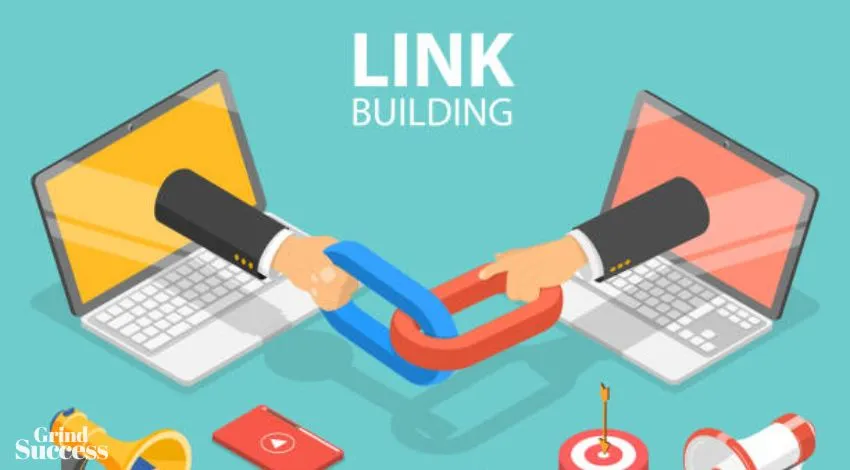5 Mistakes to Avoid During a Kickoff Meeting with a Client

A kickoff meeting is a crucial waypoint in the journey of each project and establishes important aspects, such as roles and responsibilities, among other discussions.
It could be your team’s most important 60 minutes on the given project because it determines everything. So when running one, you’re supposed to avoid making the few mistakes that prove costly.
But where exactly do those kickoff meetings go wrong? What fatal flaws make them a put-off experience for the client? How can you utilize everyone’s time effectively throughout your session?
Take a moment to know these five common kickoff meeting mistakes and discover what to do before creating your plan.
Table of Contents
5 Mistakes to Avoid During Meeting With Client
Here we have discussed 5 Mistakes to Avoid During a Kickoff Meeting from the scratch.
1) Not using the time to spread knowledge
Meetings are about interchanging information regarding the business plan you are about to discuss with the client.
Unfortunately, many people miss out on key tasks such as introductions and icebreakers to focus on important tasks such as the meeting agenda. Make sure to leverage this opportunity as much as possible to build strong connections with your community.
If you are concerned about your first impression with the client, it might be good to hand them out your digital business cards as this will impact their view about your personality and give them confident vibes.
2) Assuming everyone is familiar with each other
If your organization is more significant, you’re more likely to have a few folks working on your project for the first time. Despite knowing each other’s names, they may not have the trusting relationship necessary to collaborate effectively and do their best work.
Is it possible that your project workers know nothing about the client? It is your responsibility to make them comfortable with each other.
A brief icebreaker might be a good idea to put at the top of your plan. It can be essential (name, role, and length of employment with the organization), as it will help workers to know more about each other.
3) Assuming that everyone agrees with the project
A kickoff meeting’s legitimate purpose should be to create a shared understanding of what you’ll be doing and why, but it will be more effective if done engagingly.
For example, spend ten minutes creating a vision statement with your team rather than scrolling through a slide show. It’s as simple as completing the blanks.
Or agree on what is relevant. On a whiteboard, mark one section as “in scope” and another as “out of scope.” Each participant will be given a marker and asked to place tasks (or features or issues to be solved) in each area as they see fit.
Where there is general agreement and where there is uncertainty will be evident right away. This goes with the clients also. Don’t assume that the client agrees to the project without knowing their perspective.
4) Not understanding the parameters of success
If your team knows the exact goal of the project, their vision will automatically gravitate around it. At the same time, they will only succeed if they know the project’s success. You invite everyone to write down what they believe will show that the project was successful while keeping your vision statement in mind.
Give an objective for each statistic and discuss how you could measure each. This will help each member of the team and the clients understand the project deliverables, their KPIs, and all other performance metrics and aspects.
5) Ignoring the sentiments of members about the project
People don’t put their hearts into it when they’re not sure they’re working on the right things or when bad teamwork frustrates them. The last thing you need is an unmotivated team after all the thought you’ve put into this project!
Ask everyone to offer a thumbs up, down, or sideways to express their feelings about the project to start the kickoff meeting. If you frequently receive down-and-sideways thumbs, don’t worry. That is entirely typical. Ask the same inquiry once the session is over.
There is a significant possibility that sentiment will trend positively if you have included any of the recommendations on your schedule.
Conclusion
You have a firm plan, an effective team, an appropriate client, and a defined mission. Your current task is to maintain that momentum. Regularly monitor team morale throughout the project to identify issues before they snowball into disasters.
When someone gives you a thumbs-down, take the time to figure out why then try to fix the problem. This is what kickoff meetings are made for.
This post was proofread by Grammarly. Try it – It’s Free!
Millions trust Grammarly’s free writing app to make their online writing clear and effective. Getting started is simple
Email, SMS, and more — Klaviyo brings your marketing all together, fueling growth without burning through time and resources.
Deliver more relevant email and text messages — powered by your data. Klaviyo helps you turn one-time buyers into repeat customers with all the power of an enterprise solution and none of the complexity.






